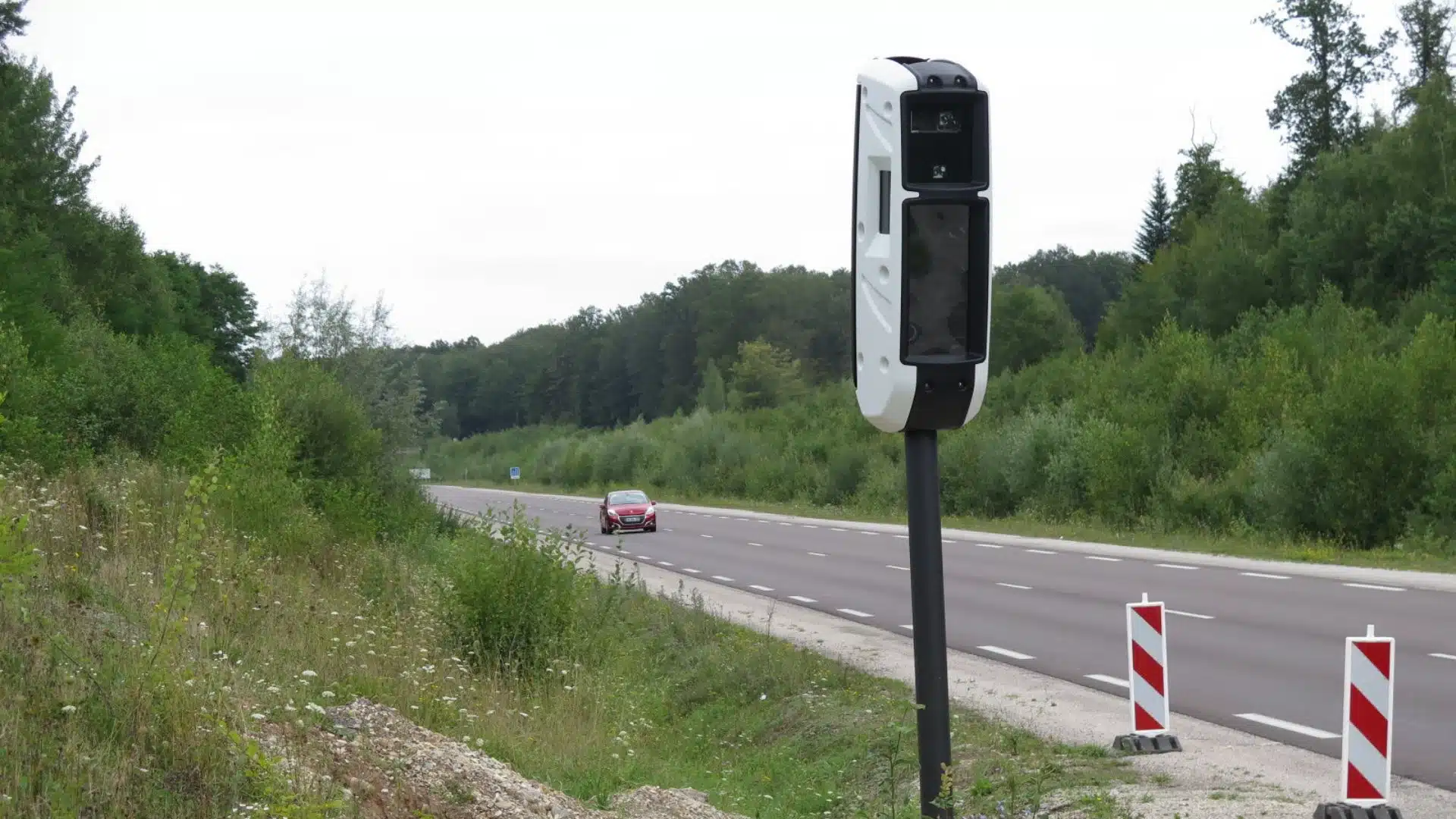Discovering the revolutionary anti-braking radar on the way to France

In an effort to improve road safety and reduce traffic accidents, France is updating its fleet of speed cameras along the roads with a surprising possible addition: the innovative anti-braking radar. Next, we will explore how this system integrates with current road surveillance efforts and whether other European countries might also adopt this technology.
Renewal of the radar fleet in France
Starting in 2024, more than 4,500 machines will be present at the roadside to ensure the safety of motorists, including new models such as autonomous radars and discriminating radars. These latter radars have been designed to detect specific vehicles based on their size, speed, wheelbase, and height. In other words, they are equipped to identify trucks, cars, and motorcycles separately, allowing for better traffic regulation according to the specific needs of the monitored location.
- Autonomous radars: can detect violations without the intervention of authorities.
- Discriminating radars: capable of distinguishing between different types of vehicles.
The innovative features of the anti-braking radar
The new type of radar that could arrive in the country is the anti-braking radar, which operates by detecting drivers who abruptly brake before passing by an automatic radar. In this way, the technology aims to combat a common practice among many motorists to try to deceive speed radars and avoid fines.
How the anti-braking radar works
Using a series of sensors and advanced instruments, this radar is capable of recognizing a sudden decrease in the vehicle’s speed. If a drastic reduction in speed is recorded just before a radar checkpoint, the system automatically processes the information and issues a fine to the offending driver.
- Detects sharp decreases in speed.
- Automatically issues fines to offending vehicles.
Application and expansion to other geographical areas
As France continues to implement its new radar fleet and considers the adoption of the innovative anti-braking radar, other European countries may also follow suit. For now, interest in this type of technology has been limited, but if tests and applications in France demonstrate that these systems are effective in reducing accidents and traffic violations, we could see a growing trend throughout Europe.
Potential for success
There is no doubt that the anti-braking radar has the potential to significantly influence road safety policies and bring about lasting changes in driving behavior globally. However, there is also the possibility that it may encounter resistance from motorists concerned about excessive monitoring or potentially unfair fines.
The future of radars
As radar systems continue to evolve and integrate with emerging technologies such as autonomous vehicles and predictive traffic monitoring systems, we will not only see improvements in road safety but also an increase in traffic efficiency and fluidity. Ultimately, these types of advancements could pave the way for a new era of sustainable and safe mobility on our roads.
- Greater road safety.
- More traffic efficiency.
- A more sustainable and secure future.
In summary, while it remains to be seen whether the anti-braking radar and other similar innovations become common features on all our roads, it is clear that their adoption could fundamentally change the way we approach road safety and compliance with traffic regulations. As we continue to move towards a safer and more sustainable future, this radar may be a key step in that direction.






